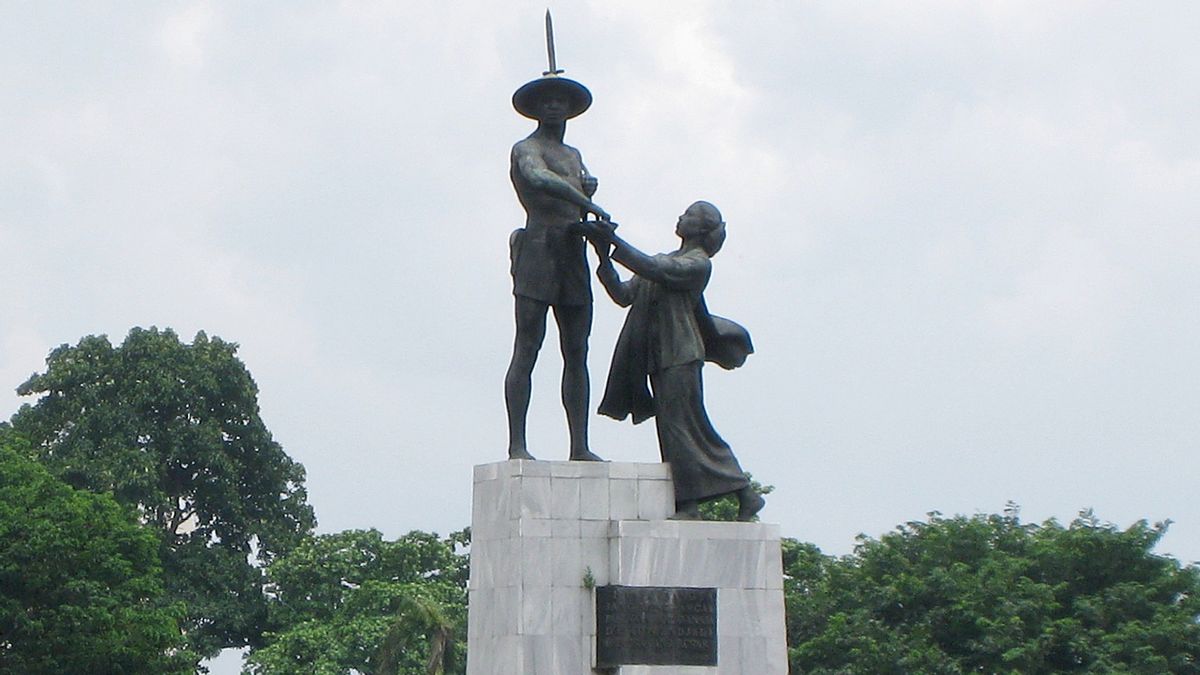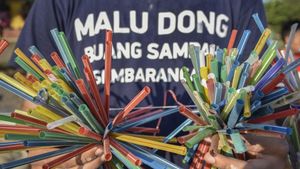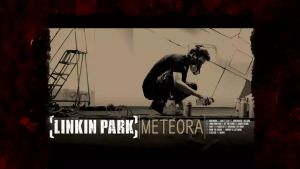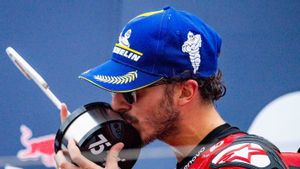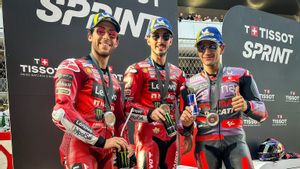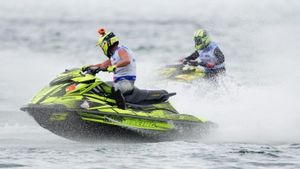JAKARTA - Among the monuments and statues built by Soekarno, the Statue of Heroes or better known as the Tugu Tani emerged as the most controversial. The Hero Statue is a symbol of heroism. At the same time, the Statue of the Hero also provoked resistance from those who considered it a negative symbol of communism.
Inspector General of the Department of Foreign Affairs Sarwo Edhie Wibowo, in 1982 asked the Governor of Jakarta Soemarno Sosroatmodjo - who led Jakarta for two terms (1960–1964) and (1965–1966) - to assemble the statue which has become an icon of the Menteng area, Central Jakarta. The former RPKAD commander said the statue in the form of a farmer wearing a rifle with a bayonet drawn and a gun did not represent Indonesian farmers at all.
Sarwo Edhie sees the image in the statue as the embodiment of an armed farmer. The fifth generation PKI, in the eyes of Sarwo Edhie.
"The statue is a statue of the Communist Farmer. Where are our farmers such arrogant attitude. There is no! In Indonesia where are there arrogant farmers? Our farmers are polite, "said Edhie, quoted from a report by Tempo Magazine entitled After 17 Years, The Sculpture Debate (1982) tells of how Sarwo Edhie rejected the statue given by the Soviet Union government.
"For the statue of Pak Tani BTI (Barisan Tani Indonesia) - an organization affiliated with the PKI, do we have to keep it up?" added Edhie.
However, the Indonesian Vice President Adam Malik answered this comment. He doubts that. Adam Malik who was involved in the process of creating the statue gave a true picture. Adam Malik said, the statue actually enshrines the freedom fighters to seize West Irian in 1960-1962.
The history of the Pak Tani statue
According to Adam Malik, the Hero Statue had been prepared long before the outbreak of the G30S / PKI rebellion. That is, it would be a big mistake to call the Statue of Heroes the smell of the fifth generation of the PKI. Adam Malik, who was upset, even talked about the idea of the Hero Statue.
Adam Malik recounts that the idea emerged when Bung Karno visited the Soviet Union in 1960. Bung Karno, who was fascinated by the monuments and statues in the Soviet Union, immediately asked Adam Malik - who at that time served as Ambassador in Moscow - to find a famous Russian sculptor from Russia. , Matvey Manizer. In the hands of Manizer Bung Karno would like to leave the agenda of making a statue of the struggle for the liberation of West Irian.
"Thus the statue is not a gift or the result of the thoughts of the Soviet people, but an order and thoughts of Bung Karno himself," Adam Malik.
In fact, it is said, the image and shape of the statue were the initiations of Bung Karno himself. Bung Karno had the idea at that time to make a statue of a mother who was willing and happy to release fighters to seize West Irian. In the parting scene, the mother gives a pack of rice to the young warrior who is leaving for the battlefield. However, the whole picture is still in rough scribbles.

Bung Karno had scheduled all of that because the Dutch did not yet have good faith in returning West Irian to Indonesia, after the transfer of sovereignty in 1949. Later, Bung Karno saved Trikora in Yogyakarta on 19 December 1961.
"Now I ask my brothers and sisters, to the international community, why the Dutch made West Irian a puppet of Papua. The Dutch incited the people of West Irian to carry out a policy of dividing Indonesia's sovereignty by establishing the Papua State, raising the Papuan flag, creating the zoogenamde national anthem, "a piece of Trikora Soekarno's speech at that time.
Soekarno emphasized three things in his speech. First, thwart the formation of the Dutch colonial-made "Papua Puppet State". Second, fly the Red and White in West Irian, Indonesia's homeland. Third, prepare general mobilization in order to defend the independence and unity of the homeland and nation.
Quoted by Maulwi Saelan, in the book From Revolusi 45 to Kudeta 66 (2001), the people's response to Bung Karno's Trikora was extraordinary. As a result, thousands of people asked voluntarily to be sent to West Irian to fight on behalf of the Indonesian nation.
In the end, Bung Karno did not only initiate one statue as a form of struggle for the liberation of the West Irian statue. The Statue of Liberation of West Irian was made by Yogyakarta artist, Edhi Sunarso. We have reviewed it in the article "West Irian Liberation Monument that is Personal for Soekarno" . The other one was composed by Matvey Manizer to make a Hero Statue.
Because he was attracted to Manizer's work, Bung Karno soon invited Manizer to Indonesia to seek inspiration. Manizer also came to Indonesia with his son, Otto, who would help him realize the Hero Statue. Shortly thereafter, the two of them used the West Java folklore about a mother who takes her child to fight on the battlefield as inspiration.
“Manizer and Otto were inspired by a folklore from West Java, which is the story of a mother who takes her child away to fight and provides her son with rice. They then made a statue of a hero in the form of Pak Tani from bronze, "said Firman Lubis in the book Jakarta 1950-1970 (2018).
Long story short, this statue was erected in Taman Menteng Prapatan and was inaugurated by Bung Karno in 1963. As predicted, since its establishment the Pak Tani Statue has attracted many criticisms. For example, in terms of body pieces and facial features, the two models of statues look more like Caucasians than Indonesians. Nevertheless, Firman Lubis, who has lived in Menteng since the 1950s, considers this to be normal, so that he looks more manly and can inspire.
Despite all the debates, the proof is that this statue still adorns the Menteng area to this day. Any oblique comments regarding the statue seem to be silenced with a plaque near the statue which reads a message from the Son of the Dawn, Bung Karno: A nation that respects its heroes is a great nation.
The English, Chinese, Japanese, Arabic, and French versions are automatically generated by the AI. So there may still be inaccuracies in translating, please always see Indonesian as our main language. (system supported by DigitalSiber.id)
